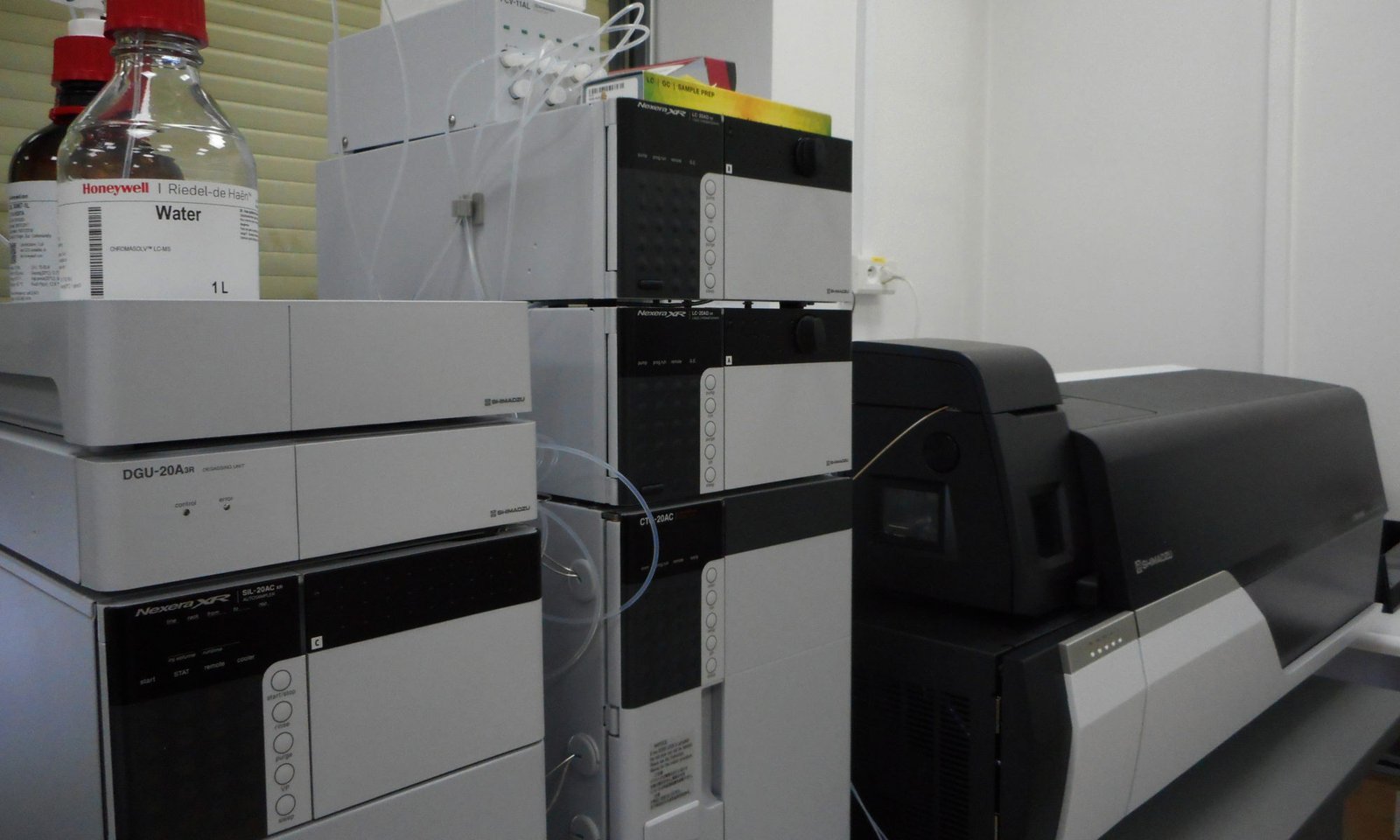In this work, the authors present an updated version of the scientific literature-derived dietary inflammatory index scores of common foods and food constituents.
Abstract
Objective: To design and develop a literature-derived, population-based dietary inflammatory index (DII) to compare diverse populations on the inflammatory potential of their diets.
Design: Peer-reviewed primary research articles published through December 2010 on the effect of diet on inflammation were screened for possible inclusion in the DII scoring algorithm. Qualifying articles were scored according to whether each dietary parameter increased (+1), decreased (−1) or had no (0) effect on six inflammatory biomarkers: IL-1β, IL-4, IL-6, IL-10, TNF-α and C-reactive protein.
Setting: The Dietary Inflammatory Index Development Study was conducted in the Cancer Prevention and Control Program of the University of South Carolina in Columbia, SC, USA from 2011 to 2012.
Results: A total of ≈6500 articles published through December 2010 on the effect of dietary parameters on the six inflammatory markers were screened for inclusion in the DII scoring algorithm. Eleven food consumption data sets from countries around the world were identified that allowed individuals’ intakes to be expressed relative to the range of intakes of the forty-five food parameters observed across these diverse populations. Qualifying articles (n 1943) were read and scored based on the forty-five pro- and anti-inflammatory food parameters identified in the search. When fit to this composite global database, the DII score of the maximally pro-inflammatory diet was +7·98, the maximally anti-inflammatory DII score was −8·87 and the median was +0·23.
Conclusions: The DII reflects both a robust literature base and standardization of individual intakes to global referent values. The success of this first-of-a-kind attempt at relating intakes of inflammation-modulating foods relative to global norms sets the stage for use of the DII in a wide variety of epidemiological and clinical studies.
Dietary inflammatory index scores of common foods and food constituents https://t.co/sHMKehkl36 #INPST #Nutrition #Diet @erlesen @HealthyFellow @PepperPell @ShraboniGhosal @MarcoAlbuja @SmootSienna @CV_Zarges @DrSeeboth
— INPST (@_INPST) April 26, 2020
Other social media channels: https://t.co/WO0pc6I3Q9 pic.twitter.com/AhFQ4gJOrN
Why publish with Current Research in Biotechnology? Quality. Speed. Visibility. https://t.co/xj0ri5DgNI #CRBIOTECH #INPST pic.twitter.com/jcIVOavjjf
— Atanas G. Atanasov (@_atanas_) June 26, 2019
The International Natural Product Sciences Taskforce (INPST) maintains up-to-date lists with conferences, grants and funding opportunities, jobs and open positions, and journal special issues with relevance for the area of phytochemistry and food chemistry, pharmacology, biotechnology, medicine and pharmacognosy research, and natural product science.
Join for free INPST as a member

























